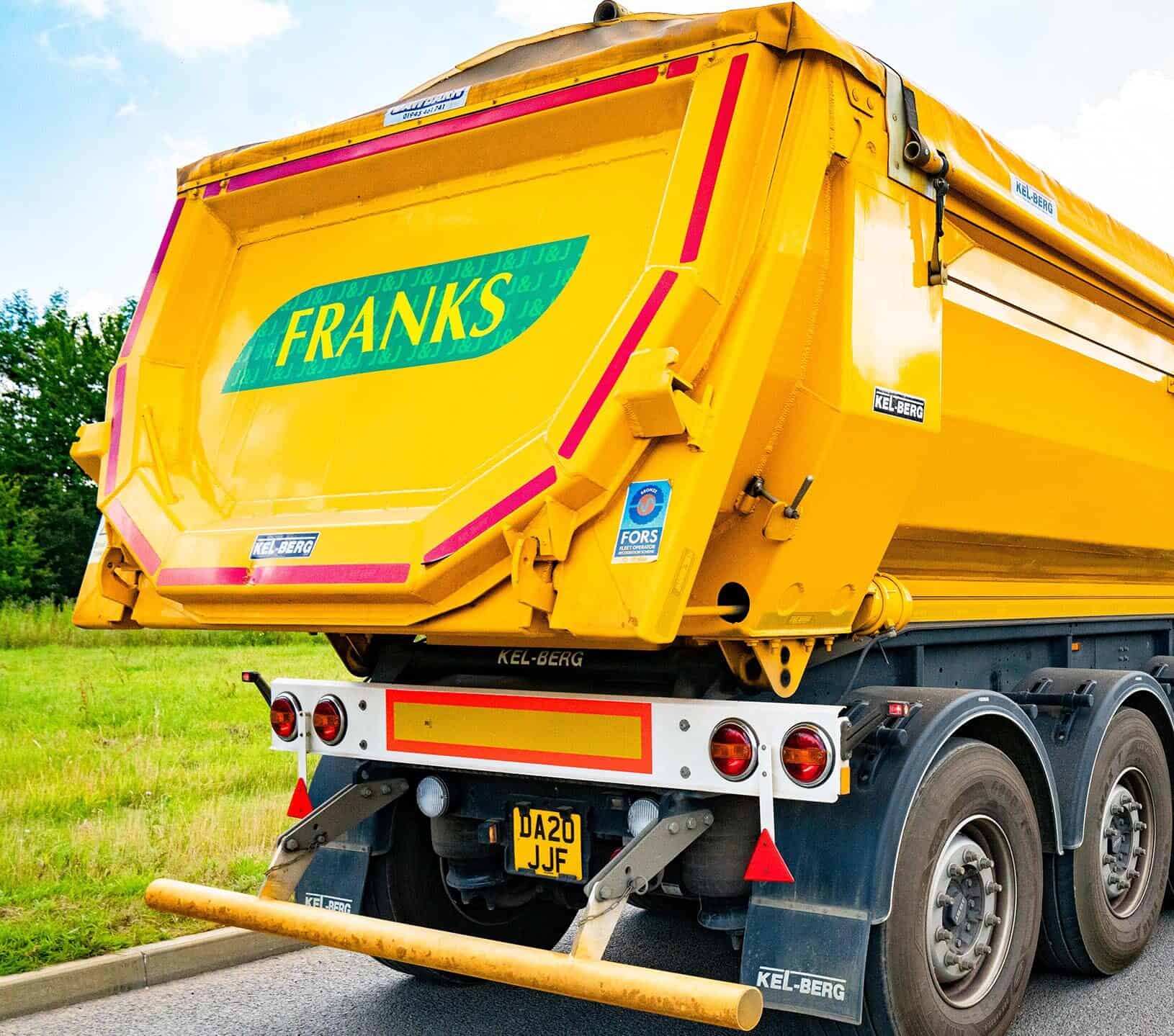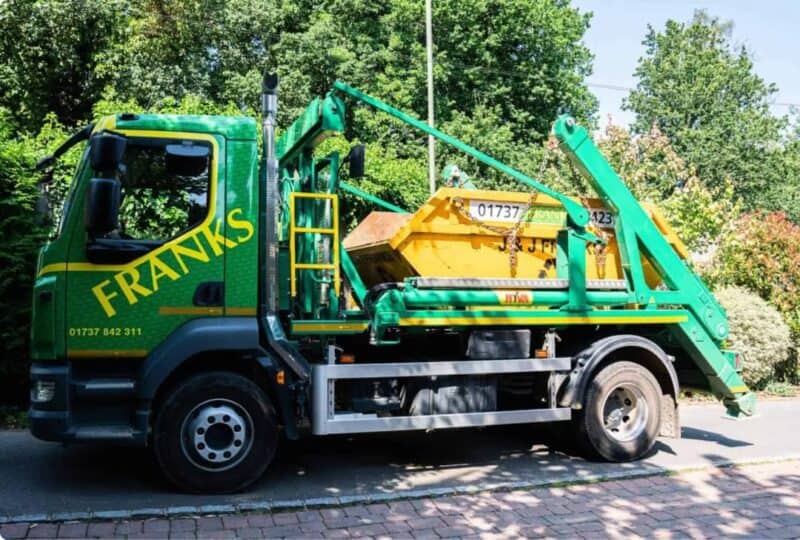What is Inert Waste?
Inert waste refers to materials that do not undergo significant physical, chemical, or biological transformations. These materials do not decompose, produce harmful gases, or leach contaminants into the environment.
Common examples of inert waste include concrete, bricks, asphalt, and uncontaminated soil. Unlike other types of waste, inert waste poses minimal risk to human health and the environment, making it a priority for recycling and repurposing in various applications.
Why is it Important to Manage Inert Waste Properly?
Proper management of inert waste is crucial for several reasons. Environmentally, inert waste occupies significant space in landfills without decomposing, contributing to the depletion of landfill capacity. When not managed correctly, inert waste can also disrupt ecosystems and degrade land quality.
Economically, improper disposal of inert waste can lead to increased landfill taxes and operational costs for construction and demolition projects. By managing inert waste effectively, we can mitigate these impacts, conserve landfill space, and promote sustainable construction practices.

How Does Inert Waste Contribute to Landfill Reduction?
Diverting inert waste from landfills is essential in reducing overall landfill use. Since inert waste does not decompose, it takes up a lot of landfill space, creating the need for new landfill sites. By recycling and reusing inert waste, we can significantly reduce the volume of waste directed to landfills. This not only conserves valuable landfill space but also reduces the environmental footprint of waste management. Additionally, repurposing inert waste supports the circular economy by providing materials for new construction projects, reducing the need for new resources.
What Are the Best Practices for Recycling Inert Waste?
Recycling inert waste involves several effective practices that help maximise its reuse and reduce environmental impact. Key methods include:
Crushing and Screening
Inert waste materials such as concrete and bricks are crushed and screened to produce aggregates that can be used in new construction projects. This process helps in creating high-quality secondary aggregates, which can replace natural aggregates, thereby conserving natural resources.
Segregation
Separating inert waste from other waste types at the source ensures that it remains uncontaminated and suitable for recycling. Proper segregation is essential for maintaining the quality of recyclable materials and maximising the efficiency of recycling processes.
Reusing Materials On-Site
Whenever possible, inert waste should be reused on-site in landscaping, road construction, or as backfill material. Reusing materials on-site reduces transportation costs and environmental impact, promoting a more sustainable construction process.
Collaboration with Recycling Facilities
Partnering with specialised recycling facilities ensures that inert waste is processed efficiently and meets quality standards for reuse. Recycling facilities are equipped with advanced technology to handle and repurpose inert waste effectively, contributing to overall sustainability.

Our Role in Inert Waste Management?
Our waste management services are designed to maximise recycling and minimise landfill use. We operate top-quality recycling facilities where inert waste is carefully processed and repurposed. Our team collaborates closely with clients to implement best practices in waste segregation and recycling, ensuring that inert waste is handled responsibly and sustainably. By prioritising the recycling of inert waste, J&J Franks supports the construction industry’s move towards more sustainable and environmentally friendly practices.
What Are the Long-Term Benefits of Reducing Inert Waste?
Reducing the amount of inert waste sent to landfills has numerous long-term benefits. Environmentally, it helps preserve landfill space, reducing the need for new landfill sites and mitigating the associated environmental impact. Recycling inert waste conserves natural resources by providing alternative materials for construction, which reduces the demand for virgin aggregates.
- Economically, it lowers disposal costs and landfill taxes for construction projects.
- Socially, effective inert waste management promotes a cleaner, healthier environment for communities.
By committing to reducing inert waste in landfills, we contribute to a more sustainable future.
In conclusion, inert waste management is a crucial aspect of sustainable waste management practices. By understanding what inert waste is and implementing best practices for its recycling and reuse, we can significantly reduce its impact on landfills. At J&J Franks, we are dedicated to leading the way in waste management and providing efficient services that support environmental sustainability.
For more information on how J&J Franks can assist with your inert waste management needs, please contact us.









